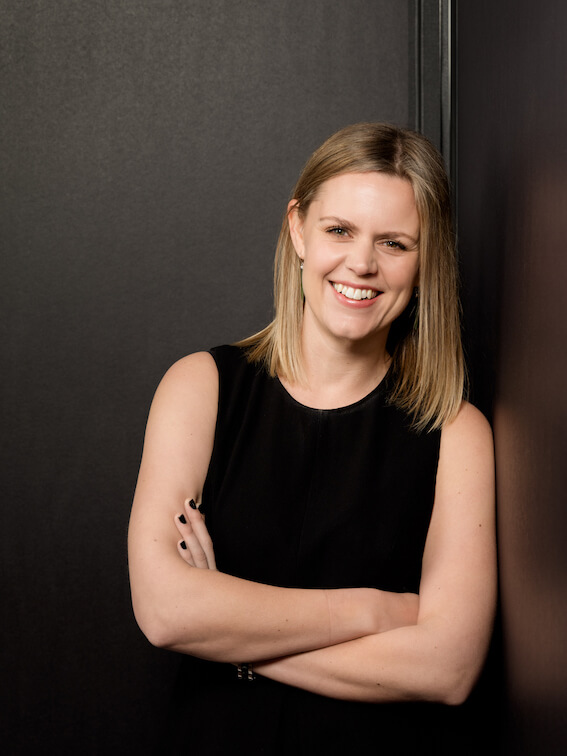How do you sell a consulting service? What services do you sell? How do you know what to sell?
If you're consulting, you need to have a clear service offer. Many consultants are afraid to narrow their offering – they're afraid of ruling out potential clients - so they say they can do anything.
In effect, those consultants offer nothing at all. Being easy to buy is a crucial part of running a successful consulting business, and a clear offer is one way to create that ease.
In this article, we cover:
-
Why you need a clear consulting offer
-
What a consulting offer is
-
The five critical components of a consulting offer.
Why you need a clear consulting offer
Having a specific service available for purchase means:
-
You are easier to buy
-
Your marketing is more targeted
-
You can systemise your business
-
You can test the market more effectively
-
Your sales conversations are more focused
-
You have a ‘jumping off point’ for bespoke projects.
What a consulting offer is made of
A consulting offer is a specific service that solves a specific problem, for a specific type of client, for a specific price.
To craft your consulting offer, address five factors:
-
Client - who you help
-
Results - why they need you
-
Service - what you do
-
Approach - how you work
-
Pricing - how much it costs

1. Client
Your offer is not about you. In a successful business, 80% of your web copy, proposal text, LinkedIn page and sales outreach will address your client’s needs and challenges.
By the same token, 80% of your attention in designing your offer will be about them and what you deliver for them. The other 20% is about your needs and preferences.
Who is the target client for this offer? What industry do they work in, and what role do they occupy?
2. Results
People don’t buy consultants; they buy change. That’s why a strong consulting offer is relentlessly results-oriented.
Focus on selling change before you pitch the lever to get there. Be explicit about what your client can expect.
-
What do they get more of? Less of? Better of?
-
How will it feel to get those things?
-
How will they know they’re getting there?
The more you zero in on how people will feel - and act - differently, the greater your connection with them will be.
3. Service
No service is inherently useful. Your service type should be right for:
-
Your client’s problem lifecycle stage,
-
The results you want to achieve
-
Your expertise, experience and preferences
-
What the market is willing and able to purchase.
What type of service are you offering?
What stage of the problem lifecycle are you addressing?
4. Approach
Now that you know what you’re offering, it’s time to learn how it will work.
Your approach should include:
-
The components of your service
-
Expected time to completion
-
A clearly defined scope
-
Mutual expectations and requirements
-
Logistical considerations.
What makes you different?
Your value proposition is not just about the work you do, or the results you deliver.
Consider how other consultants work, and what makes you different. Make those differences – and their benefits - clear in your approach.
5. Pricing
Arguably, the most difficult part of developing your consulting offer is deciding what to charge.
Here are most common pricing models for consultants:
- Time and cost
- Fixed pricing
- Value sharing.
Time and cost
Billing on an hourly or daily rate, potentially with scope for costs and disbursements, is a traditional consulting model.
Fixed pricing
Fixed pricing rewards productivity and creates certainty – but it does require some precision and practice.
You can calculate a fixed price in one of two ways: time and complexity, or value capture.
1. Time and complexity
Calculate the time you think it will take to complete this project, adding a 1.2-2x margin for error, depending on the complexity and uncertainty of each stage.
2. Value capture
Estimate the results your client can expect to achieve from your offer. Consider time, money and stress saved, as well as intangibles such as reliability, reputation, quality and customer experience.
Allocate a maximum of 10% of that value as your fee.
Value sharing
Less common, value-share ties your pricing to the results you deliver. Clients agree to pay a portion of their ROI to you directly.
This includes working on commission and no-win-no-fee arrangements.
Quantify the expected return on investment for your client. Then, determine what percentage of the ROI your client is likely willing to invest to achieve this. 5-25% is a common range.
Choosing your first offer
Your first offer should be the one your ideal clients are most likely to buy from you now. Once they make the initial purchase, you can do all sorts of things.
But first, address the most pressing problem facing your ideal client, and offer them a solution.
What to do with your first offer
The first iteration of your offer is not for fancy web pages or brochures.
It’s in a Word document – or a one-page design at most. You can use it as a base script for sales meetings and for copying and pasting into proposals, emails and LinkedIn.
 Alicia McKay
Alicia McKay